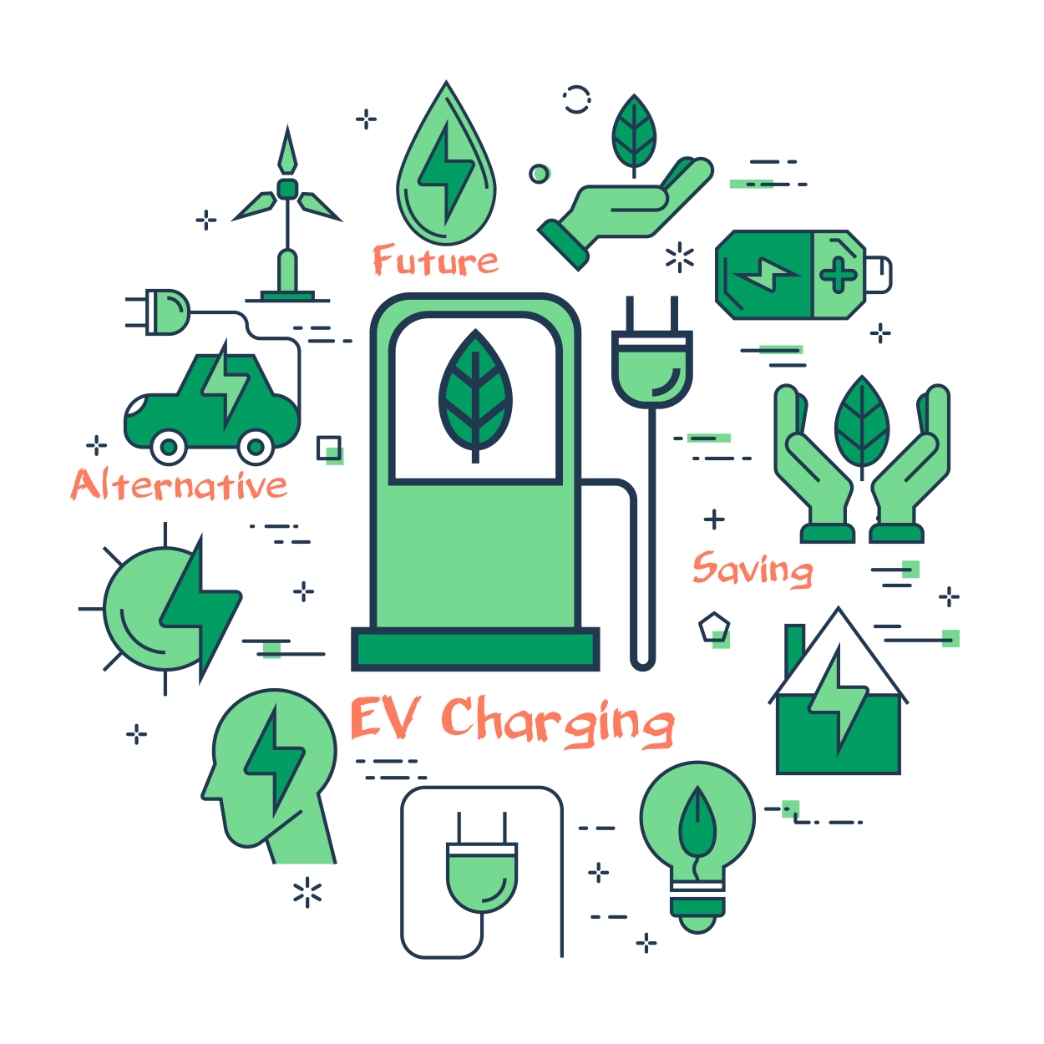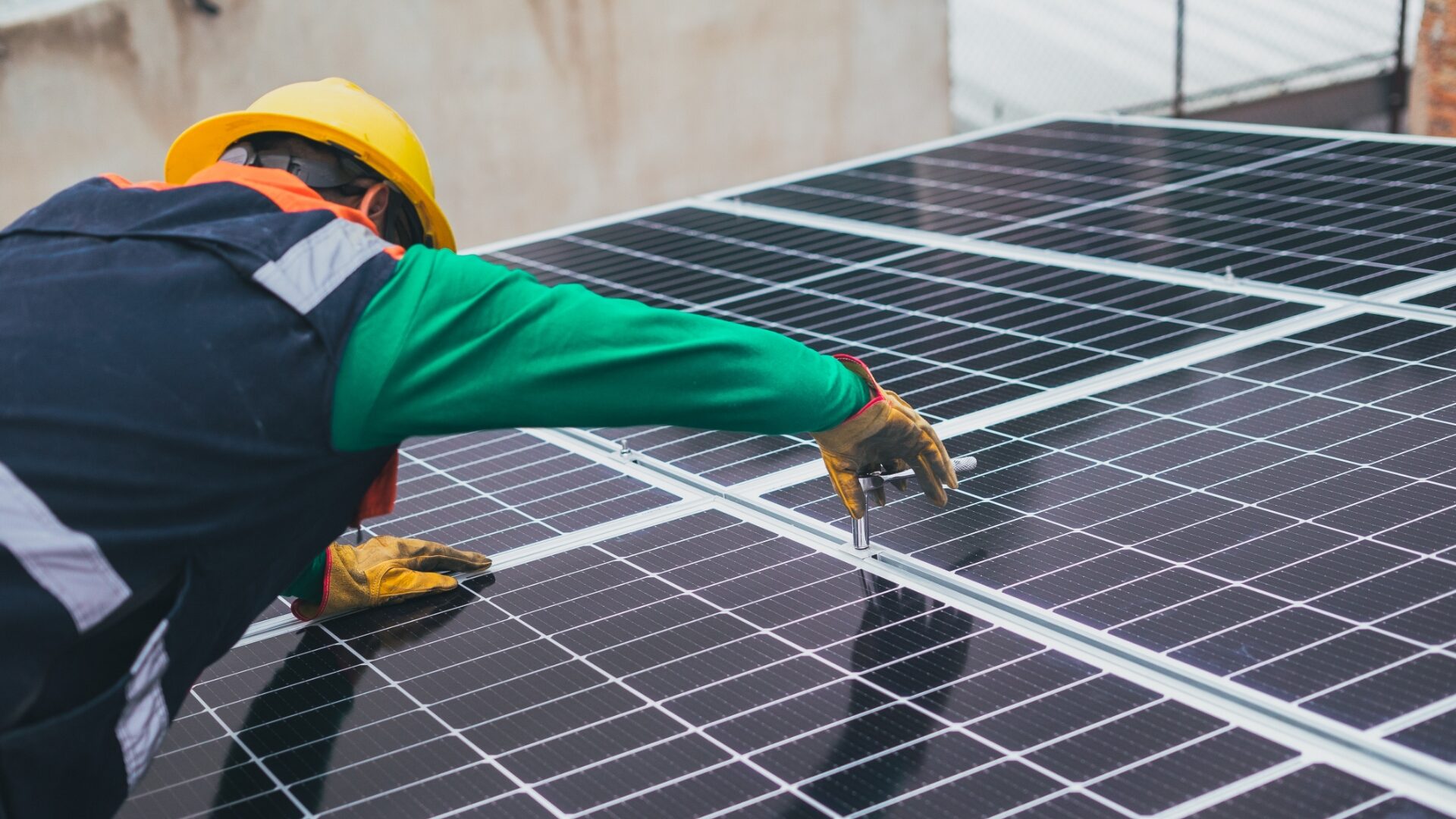
Sustainability Services
In 2019 the governments Climate Change Act 2008 was amended, and the target was increased from reducing emissions by 80% to becoming “net zero” by 2050.
As we progress to a more sustainable future, business has a major role to play. Becoming more sustainable should be the goal of all businesses whatever their size. Reducing the resources, they use not only has a beneficial impact in terms of the environment but there is also a financial saving in the long term.
Over the last few years, we have seen material and energy prices soar and as a result of these increases, businesses are exploring ways to be creative and more sustainable. Smart FM can not only advise but help businesses reduce the impact these increases have on your buildings by helping you to modify existing installations in order to reduce resources such as energy and water.
Smart FM have been working within the commercial sector for over 18 years and are proud to be a tier one provider delivering Fabric Maintenance Services to some of the world’s largest real estate companies and commercial managing agents.
3 steps to improve the energy
efficiency of your buildings
Site survey/analysis
Contact Smart FM Sustainability via email sustainability@smartfm.uk.com to arrange a site survey and to confirm current energy and water consumption
Analysis of information
Following completion of the site survey, we will analyse all information obtained prior and post completion of survey to formulate proposed recommendations
Cost saving recommendations
Detailed report issued based upon current consumption v proposed recommendations and cost saving solutions
Cost saving example
Conventional Tap v Infra-Red Tap
Conventional Tap
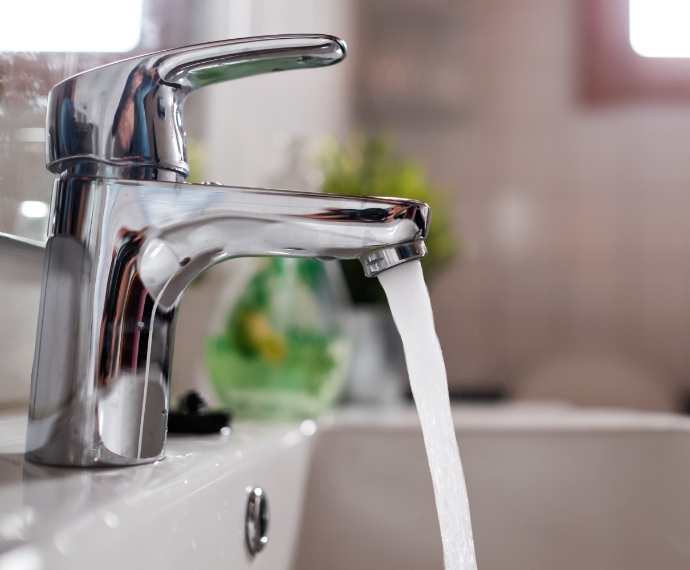
| Lettable Space Sq. FT | 125,000 |
| Occupancy | 1,200 |
| No. of Taps | 64 |
| Lettable Space Sq. FT | 125,000 |
| Frequency of Use per Day | 4 times per person |
| Duration Seconds | 35 |
| Volume of Water per Minute | 4 |
| Cost per Cubic Metre | £3.08 |
| Cost per Litre | £0.00308 |
| Cost per Day | £34.50 |
| Cost per Annum | £8,830.98 |
Infra-Red Tap
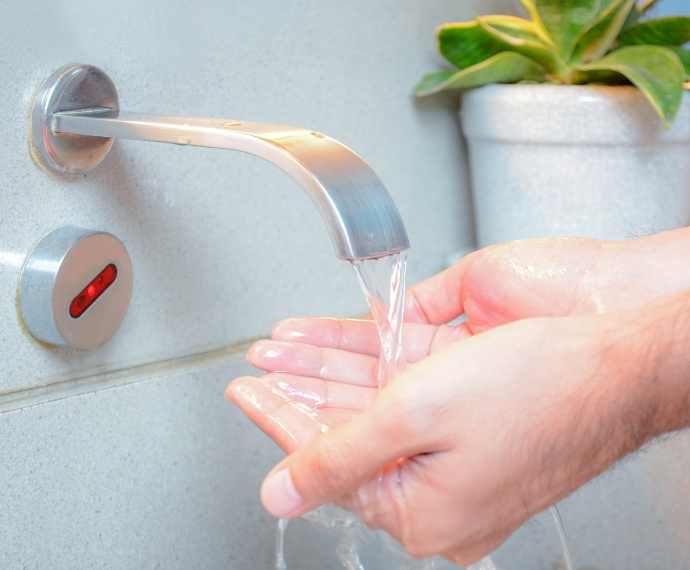
| Lettable Space Sq. FT | 125,000 |
| Occupancy | 1,200 |
| No. of Taps | 64 |
| Lettable Space Sq. FT | 125,000 |
| Frequency of Use per Day | 4 times per person |
| Duration Seconds | 15 |
| Volume of Water per Minute | 4 |
| Cost per Cubic Metre | £3.08 |
| Cost per Litre | £0.00308 |
| Cost per Day | £14.78 |
| Cost per Annum | £3,784.70 |
| Saving Year 3 | |
| Saving Year 5 |
Water Saving Infra-Red Taps
As we move towards the Government’s target for an 80% reduction in emissions by 2050 Individuals are also encouraged to cut their water usage by 23% in that time. This will help the UK in dealing with water shortages caused by climate change. Currently the average daily water usage of a single person is 143 litres. The government have set a target of reducing this down to 110 litres by 2050.
Smart FM have introduced a range of sustainable initiatives which includes tap replacement.
Benefits: –
- Environmental
- Cost Saving (water bills)
Conventional v Infra-Red Taps: –
The average flow rate of a conventional tap is 8 litres per minute. Replacing a conventional tap with an electronically operated tap can reduce the time the tap is open, commonly around 35 seconds, whilst people lather their hands, to 15 seconds. In addition, the taps are aerated, combining the water with air, which reduces the flow of water from an electronic tap to 3 liters per minute giving an overall water usage reduction of 40%.
Infra-red taps work by emitting an infrared LED which is activated when a solid object is placed in front of the sensor. This means as hands are moved away to lather up, the tap automatically shuts off then reopens when hands are returned.
In addition to environmental and cost saving benefits, Infra-red taps are also very hygienic. There is no need to touch the tap, therefore, cross-contamination is significantly reduced.
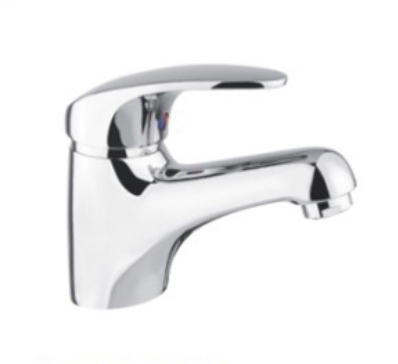
Infra-Red Tap
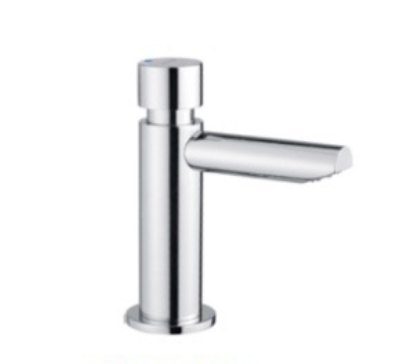
Time Tap
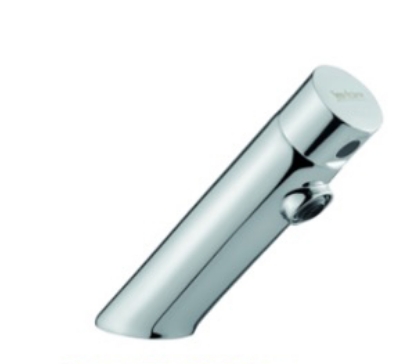
Electronic Tap
Waterless Urinals
Urinals are typically responsible for around 35% of a building water usage, a single urinal uses on average of 120 cubic metres (m3) of water per year!
Depending on the flush control, a conventional system usage varies from 29m3 to 235m3. Dependent on the condition of the existing urinal, by installing new or converting existing urinals can reduce your water consumption significantly leading to a saving in your bills. Whilst it is difficult to quantify this as every property’s water usage varies a waterless urinal system can reduce the cost of water used for urinals by 80%.
Smart FM have introduced a range of sustainable initiatives which includes urinal replacement or modifications to existing systems
Benefits: –
- Environmental
- Cost Saving (water bills)
Urinals are typically responsible for around 35% of a building water usage, a single urinal uses on average of 120 cubic metres (m3) of water per year! Dependent on the condition of the existing urinal, by installing new or converting existing urinals can reduce water consumption significantly leading to cost savings relating to water bills. Whilst it is difficult to quantify (every property is different) a waterless urinal system can reduce the cost of water by 80%.
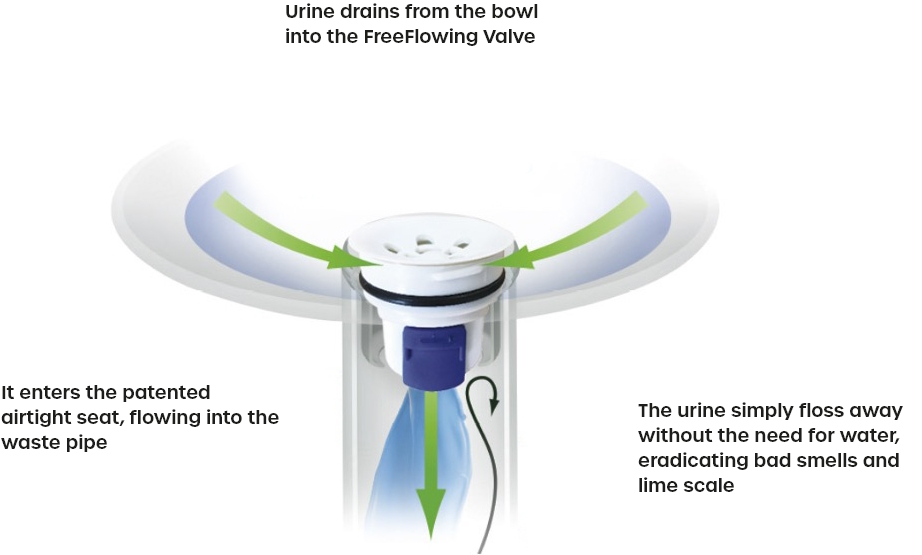
LED Lamps &
Microwave Sensors
As a result of substantial increases in energy costs with electricity bills rising in some cases by 54%,
Smart FM have introduced a range of sustainable initiatives which includes Light Emitting Diodes (LED) Lamps and Microwave Sensors.
Smart FM have introduced a range of sustainable initiatives which includes tap replacement.
Benefits: –
- Environmental
- Cost Saving (electricity)
LEDs are an energy and cost-efficient way of producing light with many commercial buildings converting to LED whilst also incorporating automatic sensors which switch the lights off went not in use.
Lighting is responsible for up to 40% of electric consumed in commercial properties dependent on the nature of the business and the type of lighting used. Old style incandescent lamps are very inefficient wasting most of the energy they use as heat as opposed to light. There are a number of benefits for making the switch to LED lights. Light Emitting Diodes use up to 75% less energy than most conventional lights. They also have a greater life span lasting 25 times longer meaning the need to replace them is reduced significantly, this is especially useful when access is difficult. Due to the reduction in heat LED’s offer, the ambient temperature is reduced meaning the load placed on air conditioning is less.
In addition to making the switch to LED we can also install a microwave or occupancy sensor that detect when a room is vacant. This is especially useful when considering meeting rooms, storage areas and wet areas. The sensors can also be adjusted so that they operate once ambient light falls below a pre-determined level making the use of natural light where possible.
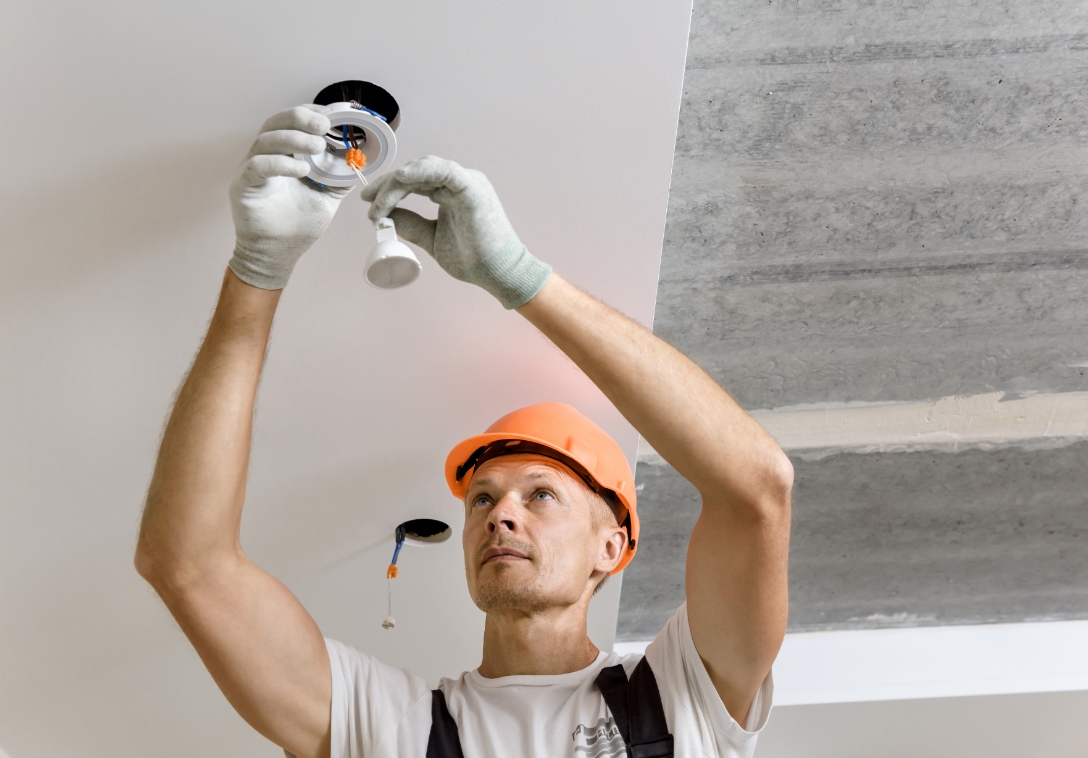
EV Charging
As the fight against carbon emissions increases the Government has set out a number of measures to ensure there is significant infrastructure in the UK to enable the end of petrol/diesel vehicle manufacture by 2030. Currently vehicles are responsible for over a third of the UK’s CO2 emissions and the main cause of pollution in cities. Authorities have described this situation as a public health crisis and is costing the UK around £6bn a year.
Workplace Charging Scheme (WCS)
As we approach the Government’s target whereby all new vehicles need to be zero emissions by 2040 the ability for staff and visitors to charge their vehicles must be catered for. To help with the installation of EV Charging points the WCS can reduce the cost by up to 75%. Following the completion of an online application form, businesses are eligible to receive a rebate of £350 per socket installed to a maximum of 40 charging points (40 single sockets or 20 double sockets) giving an overall cost saving of up to £14,000. To claim the rebate your business will need to demonstrate they meet certain criteria. Smart FM are here to assist and guide you through this process. The WCS has been in place since 2016. Whilst there is no confirmed date as to when the programme will end the rebate scheme remains in position (2022).
Installation of EV Chargers at Your Workplace
The speed at which vehicles can be charged at is dependent on the infrastructure within your property. Smart FM will undertake a survey so we can assess capability and power availability in order to recommend the best solution. Charging times are dependent on the vehicle’s battery size and the type of charger used, commonly you can expect charging times are as follows:
Benefits: –
- Slow chargers (up to 3Kw). Between 6 to 12 hours
- Fast chargers (7Kw to 22Kw). Between 3 to 4 hours
- Rapid Chargers (43Kw to 50Kw). Between 35 to 45 minutes
Once we have surveyed your property, we will issue a proposal detailing findings and recommendations as follows; –
- Installation Plan: Drawings showing charger locations and cabling routes as well as reconfiguration of current parking bays
- Product: Type of charger and how they should be installed either wall or floor mounted
- Future Proofing: Active and passive charging, active being a physical socket to connect to and passive being the installation of cabling that can be added to easily and cost effectively
- Back-End-Management: Using the latest software you are able to monitor power usage and direct power to individual chargers should you wish. This also allows you set tariffs for individual users giving you the opportunity to receive a contribution from your tenants. You can also upgrade software and fault fix remotely
- Support: We will be there every step of the way from completing manufacturer warranties to helping you access government grants
- Maintenance: Our maintenance programme ensures that all your hardware is regularly tested and in good working condition
Smart FM’s unique position within the real estate sector enables us to provide strategies for you to meet your obligations within budget.
